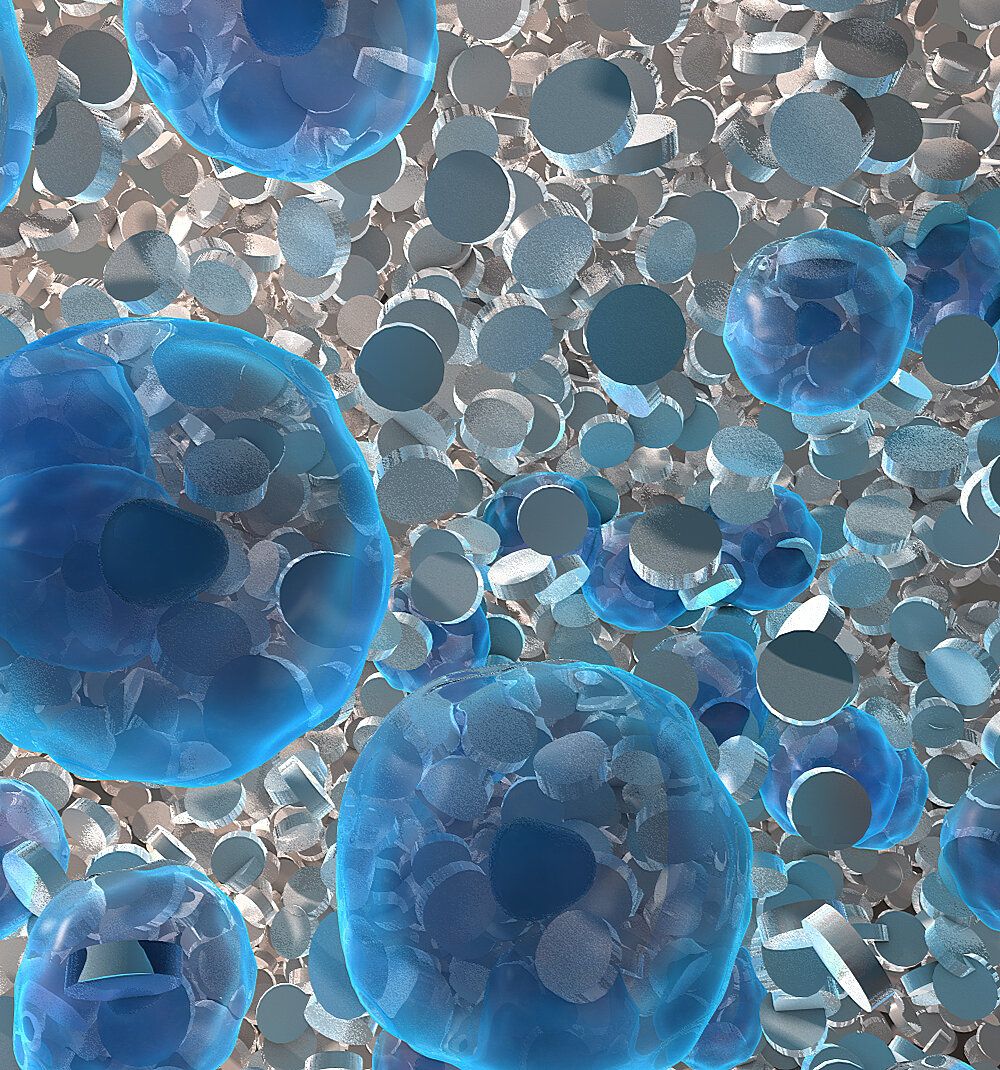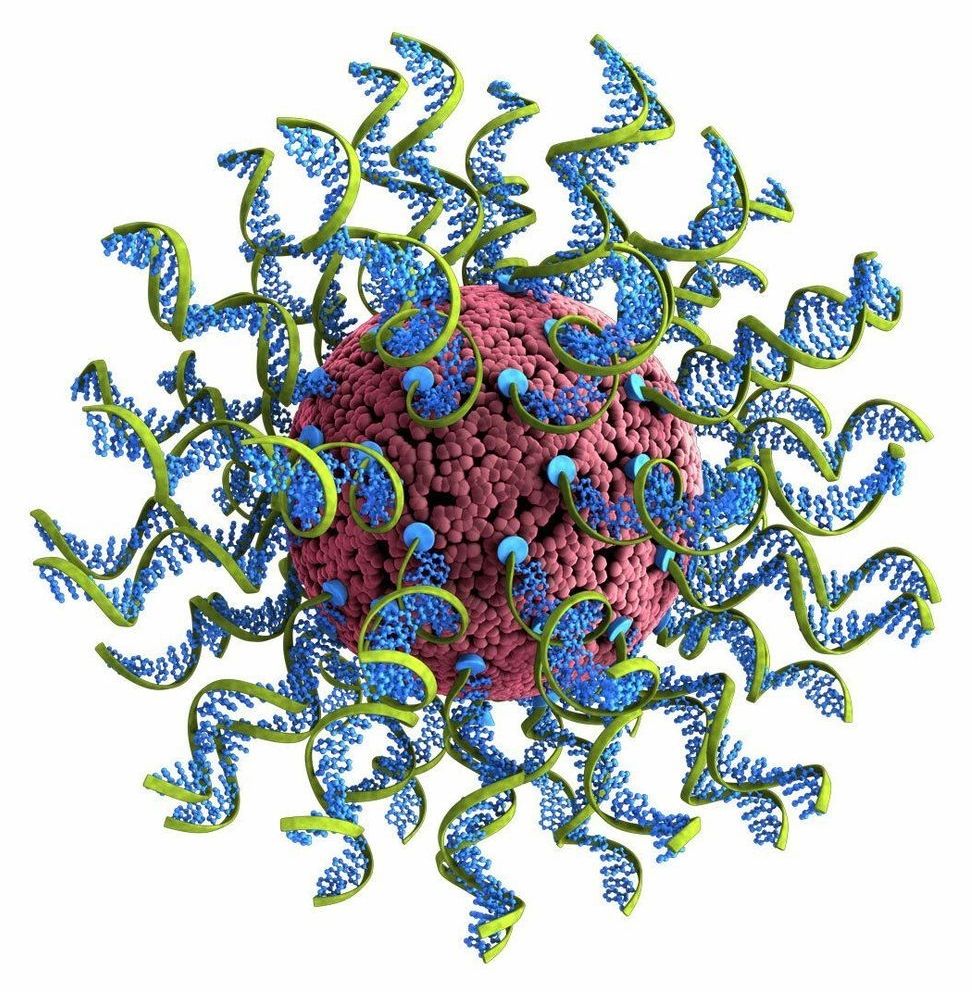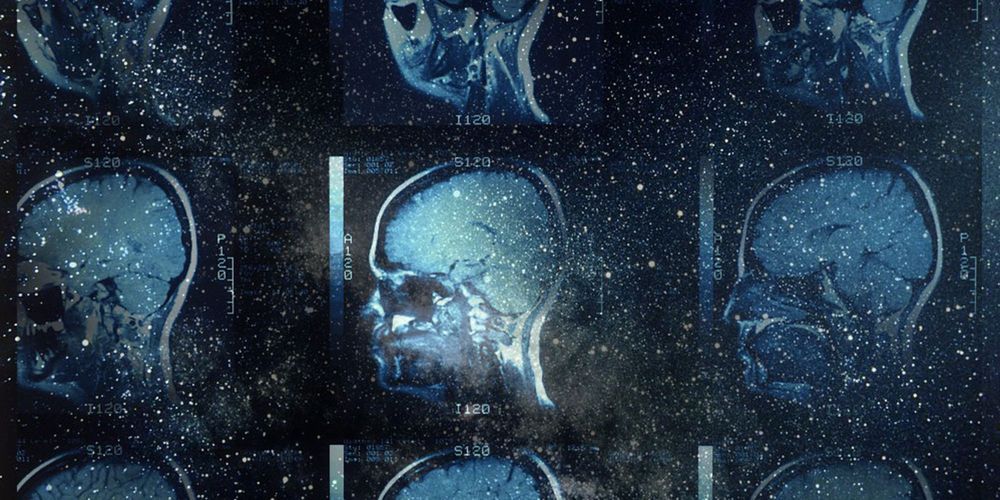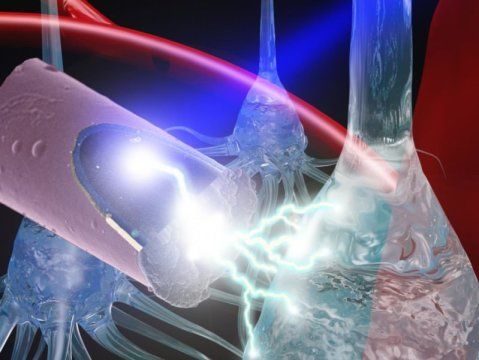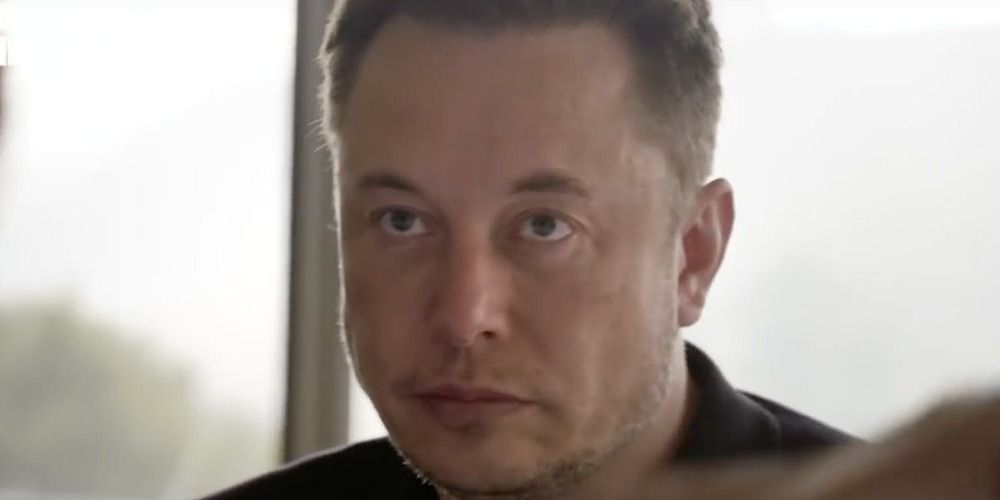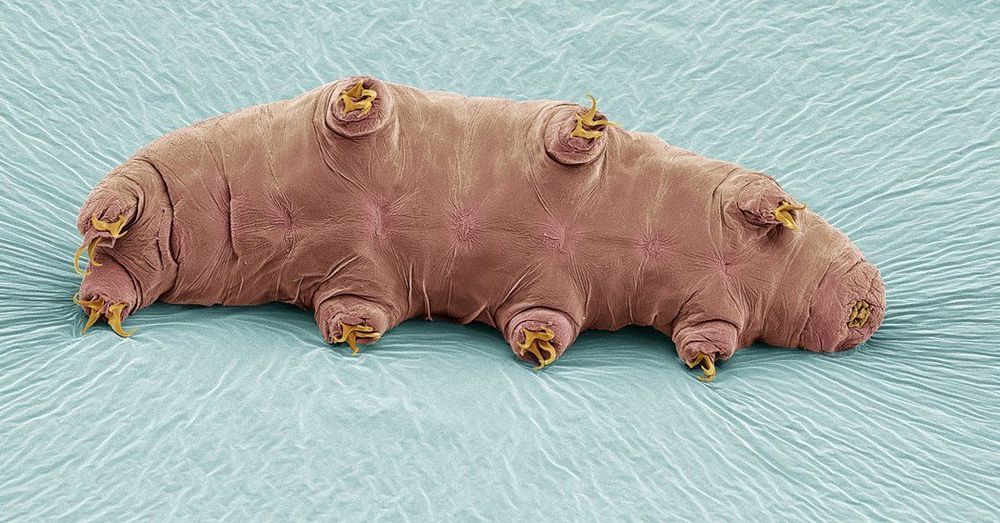Feb 19, 2019
Researchers develop new therapeutic approach to treating osteoarthritis
Posted by Quinn Sena in categories: biotech/medical, engineering
Researchers from Texas A&M University, led by Dr. Akhilesh K. Gaharwar, have developed a new way to deliver treatment for cartilage regeneration.
Gaharwar, assistant professor in the Department of Biomedical Engineering at Texas A&M, said the nanoclay-based platform for sustained and prolonged delivery of protein therapeutics has the potential to impact treating osteoarthritis, a degenerative disease that affects nearly 27 million Americans and is caused by breakdown of cartilage that can lead to damage of the underlying bone.
As America’s population ages, the number of osteoarthritis incidences is likely to increase. One of the greatest challenges with treating osteoarthritis and subsequent joint damage is repairing the damaged tissue, especially as cartilage tissue is difficult to regenerate.
Continue reading “Researchers develop new therapeutic approach to treating osteoarthritis” »
